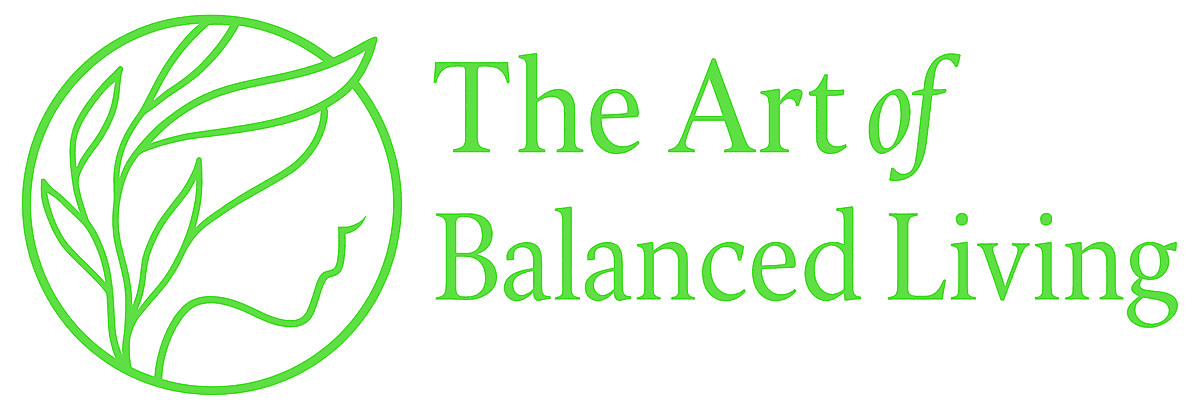Why Do Toddlers Need Protein? 1
Protein Requirements for 0–5 Year Olds. 2
How to Meet Daily Protein Goals (Indian Foods) 2
Sample 1-Day Protein Meal Plan for a 3-Year-Old. 3
Signs of Protein Deficiency in Toddlers. 3

From the moment your baby starts growing, protein becomes the unsung hero of development—it builds tissues, supports brain function, and keeps their immune system strong.
But here’s the catch: How much protein does a toddler really need?
Is milk enough? Does dal work? What if they’re picky eaters?
In this guide, we break down the protein requirements for toddlers and babies aged 0 to 5 years using easy-to-understand daily values—plus a chart, sample meal plan, and Indian food list for parents.
Let’s simplify it—because feeding your child shouldn’t feel like solving a science exam.
This guide simplifies the protein requirements for toddlers so every parent can make better food choices.
Why Do Toddlers Need Protein?
Protein is the foundation of your child’s growth. It helps:
- Build height and muscle
- Improve memory and brain function
- Repair tissue and fight infections
- Maintain strong bones, hair, and nails
The protein requirements for toddlers are different from adults. Their little bodies can’t store protein, so they need small but consistent intake every single day.
Protein Requirements for 0–5 Year Olds
| Age Group | Daily Protein Requirement |
| 0–6 months (breastfed) | 9.1 g (via breastmilk) |
| 6–12 months | 11 g (start solids + milk) |
| 1–3 years | 13 g |
| 4–5 years | 19 g |
The recommendations are based on the guidelines set by the ICMR. Active toddlers or underweight children may require slightly more.
How to Meet Daily Protein Goals (Indian Foods)
You don’t need protein powders. Our Indian kitchen is full of natural options that meet the protein requirements for toddlers with ease.
| Food | Protein per serving |
| 1 glass milk (250 ml) | 8g |
| 1 boiled egg | 6 g |
| ½ cup dal/rajma | 6–7 g |
| 1 cube paneer (30g) | 5–6 g |
| 1 tbsp peanut butter | 3g |
| 1 bowl curd | 5g |
| 1 besan chilla | 3–4 g |
Pro Tip: Serve 1 protein item at every meal/snack—even small portions work.

Sample 1-Day Protein Meal Plan for a 3-Year-Old
- Breakfast: Milk (8 g) + 1 besan chilla (3 g)
- Lunch: 1 bowl dal (6 g) + ½ cup rice
- Snack: Curd and banana (5 g)
- Dinner: ½ roti + mashed paneer/egg (5 g)
Total: ~27g (More than enough!)
Adjust portions based on appetite and preferences
Signs of Protein Deficiency in Toddlers
- Frequent fatigue or low energy
- Dull hair, dry skin, weak nails
- Slower weight gain
- Falling sick often
- Poor muscle tone
Children who are picky eaters or consume only milk often exhibit these signs. Addressing the protein requirements for toddlers early helps prevent long-term issues.
Common Mistakes to Avoid
- Relying only on milk
- Skipping protein at breakfast
- Avoiding dals because “they’re gassy”
- Depending on powders without medical need
Protein isn’t about bulk. It’s about balance, consistency, and simple Indian meals.
FAQs
Q: Can toddlers eat eggs every day?
Unless you have an allergy, the answer is yes. Start with half a boiled egg.
Q: Are dals and milk enough?
Mostly yes. Rotate with curd, paneer, besan, and nuts.
Q: Should I give protein supplements?
This is not recommended unless your doctor recommends it.
Final Thoughts
You don’t need a complicated diet chart or imported foods to meet the protein requirements for toddlers. Just serve regular Indian meals—in the right portions—and spread them through the day.
By following these tips, you can consistently meet the protein requirements for toddlers without stress or the need for supplements.
Protein-Rich Food Chart (Veg, Vegan & Non-Veg)
Disclaimer
This article is for informational purposes only and is not a substitute for professional medical advice. Always consult a paediatrician or certified nutritionist before making any significant changes to your child’s diet. Protein requirements may vary based on age, weight, activity level, and individual health conditions.
